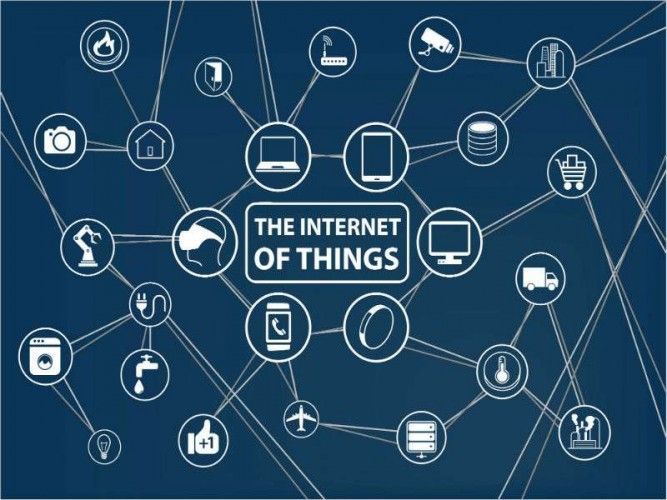The Internet of things “IoT” is the network of a variety of devices, vehicles, home appliances, and other items embedded with electronics, software, sensors, actuators and network connectivity which enable these objects to connect, exchange data and automate certain daily routines in all segments of life.
Each device is uniquely identifiable and able to interact within the existing Internet infrastructure. Experts estimate that the IoT will consist of about 30 billion objects by 2020 and they do not necessarily talk about computers or smartphones.
IoT begins to invade the planet little by little through very common devices like smart TV’s or intelligent refrigerators. Peru also welcomes this trend, although the evolutionary process is still received with some skepticism by the general population. According to studies realized by Microsoft only 10% market penetration of IoT capable devices can be observed in Peru, what is very low in comparison to other countries.
It is important to mention that only 23.2 % of the Peruvian population has an internet connection at home and many rural areas lack the necessary infrastructure that is the fundamental base for the IoT (24.5% of households have a fixed telephone line, 87.2 % of Peru’s population has a cell phone, 36.7% of the population has cable TV and 32.6% of the population has a PC at home – more interesting important numbers, stats, data and information about Peru can be found in our “Peru Facts & Figures” section.
However, the reduced interest of Peruvian users to these new technologies is compensated by a growing interest on the part of companies that are looking at ways to implement this technology in their current or new products and services. Leaving aside the big companies and transnationals about 15% of local companies and businesses are testing some IoT implementations.


